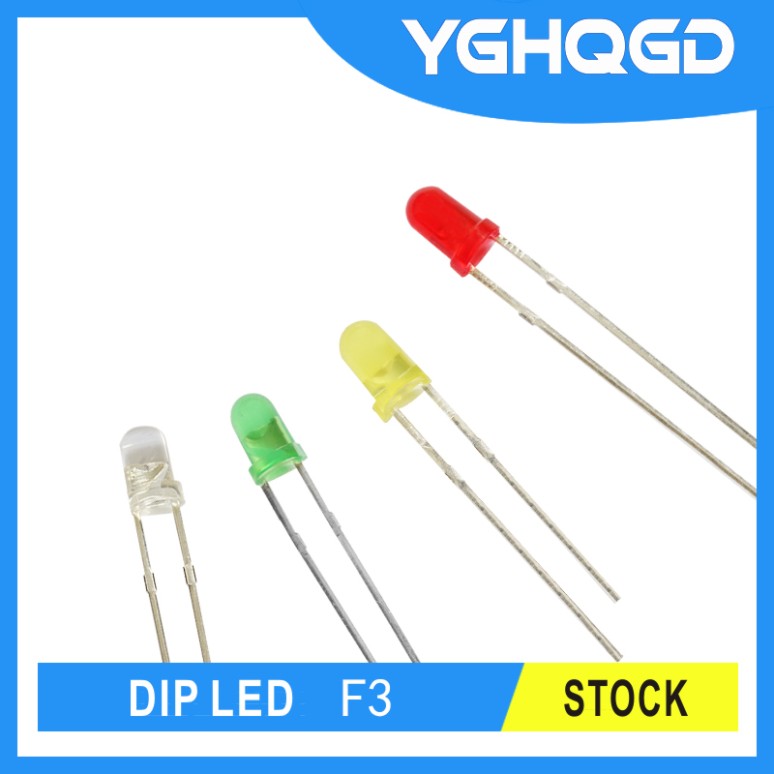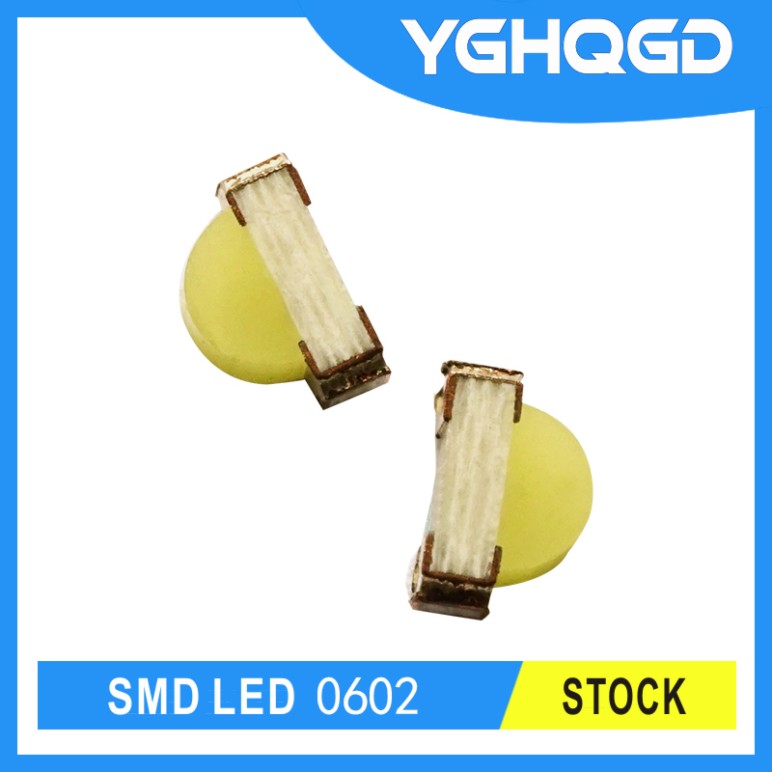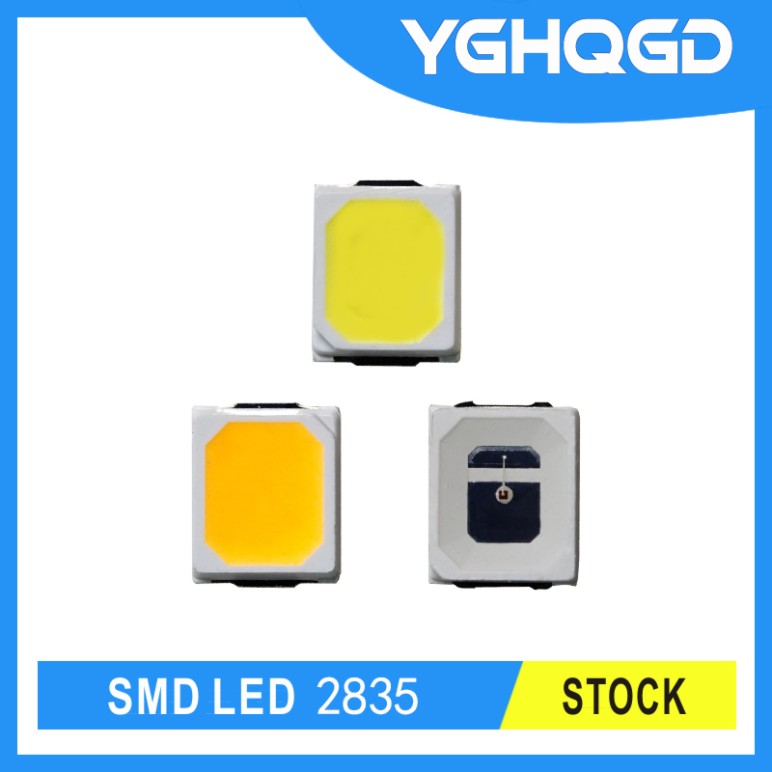
Privacy statement: Your privacy is very important to Us. Our company promises not to disclose your personal information to any external company with out your explicit permission.

![]() August 10, 2023
August 10, 2023




LED chip is high technology-guided industry, especially for technology and capital-intensive led chip manufacturing, which requires high-end process equipments to provide technology support. However, there is still a speed matching problem between equipment R&D and industrial expansion, under the semiconductor investment boom, especially in the field of high-end equipments, most of which still need to rely on imports. The high cost of imported led chip equipments and the long procurement cycle have made China's LED chip manufacturing industry urgently need the growth and rise of local led chip equipments.
First, the current status of upstream epitaxial wafer growth equipment LED industry chain is usually defined as upstream epitaxial wafer growth, led chip manufacturing and downstream chip packaging testing and application. From upstream to downstream led industries, the barriers to entry have been gradually reduced. The LED industry chain has the highest level of epitaxial growth technology and the highest capital input density, which is the most fierce international competition and the most risky business. In the LED industry chain, epitaxial growth and chip manufacturing account for about 70% of the led chip industry's profits, LED packaging accounts for about 10% to 20%, and LED applications account for about 10% to 20%.
The production equipment used in all links of the industrial chain also follows the above principles from technology to investment. Among the more than 60 enterprises in China's upstream epitaxial wafer growth and midstream chip manufacturing, the core equipment is basically imported from abroad, and the technological development is subject to people, and the technical level is still Can not compare with international mainstream manufacturers. This means that the supply capacity of high-end LED epitaxial wafers and chips in China is far from meeting the needs and requires a large amount of imports, which greatly restricts the development and profitability of the domestic LED industry. LED industry chain overview and key equipment introduction
Industrial chain products key equipment upstream raw materials - single crystal rod - single wafer - PSS - epitaxial wafer single wafer, patterned substrate PSS, epitaxial wafer MOCVD, ICP etching machine, lithography machine, PECVD midstream metal evaporation - lithography - Electrode fabrication (heat treatment, etching) chip cutting - test sorting LED chip ICP etching machine, lithography machine, evaporation table, sputtering table, laser dicing machine
Downstream solid crystal (chip bonding) - wire bonding (welding) - resin package cutting angle - application products, bulbs, displays, backlights, etc., solid crystal machines, wire bonding machines, etc.
Upstream epitaxial growth, because the epitaxial film layer determines the performance and quality of the final LED light source, is the core of the LED production process. MOCVD for epitaxial wafer growth has become the most popular in recent years due to its high technical difficulty and complicated process. Monopolize the most serious equipment. Therefore, the localization of the equipment has been favored by the domestic industry. Some enterprises and research institutions have also initiated the research and development of MOCVD, but it is still unknown when industrial applications can be realized.
In addition, with the continuous innovation of LED epitaxial technology, especially the wide application of sapphire substrate (PPS) processing technology, sapphire substrate etching equipment has gradually become one of the key process equipments of LED epitaxial wafer manufacturing technology, and its process level has a direct impact. The film-forming performance is getting more and more attention from the industry. As a new star in the domestic semiconductor equipment industry, Northern Microelectronics has developed the ELEDETM 330 ICP etching equipment for etching applications in the LED production field with years of technical advantages in semiconductor and solar high-end equipment manufacturing, and has successfully implemented PSS substrate etching. In the application of large production lines, this can be regarded as a breakthrough in the field of localization of LED production equipment, which is bound to promote and lead the localization of LED equipment.
Second, the current status of major equipment in the midstream led chip manufacturing. LED chip manufacturing is used to design device structures and processes based on the performance requirements of LEDs. The main equipment mainly includes etching machine, lithography machine, evaporation table, sputtering table, laser dicing machine and so on.
1. The etching process and equipment etching process have a wide range of applications in the midstream chip manufacturing field (see Table 2), and as the patterned substrate process is recognized by more and more LED companies, the etching requirements for the patterned substrate It also greatly increases the proportion of ICP etching machine in the entire LED industry chain. The ICP etching machine with higher capacity and higher performance has become the demand target of LED mainstream enterprises. In terms of productivity, the single batch processing capacity of the etching machine is required to reach more than 20 pieces per plate, and the machine has higher utilization rate and fully automatic. Cassette to Cassette production process; due to the increased number of single batches, uniformity control between sheets and batches is more stringent; in addition, longer maintenance intervals and convenient human-machine interface are also necessary for large production line equipment conditions of. The ELEDETM 330 etching machine developed by Northern Microelectronics integrates a number of advanced technologies to achieve higher performance etching processes in the LED field with more precise design requirements of semiconductor etching processes, fully satisfying the large production line to dry etching. The above requirements of the etching process.
2. Lithography Process and Equipment Photolithography process refers to a process of coating a photoresist solution on a wafer and forming a pattern on the wafer after exposure. In the production of LED chips, a specific pattern mask required for etching in a PSS process and an electrode fabricated in chip fabrication are realized by photolithography. The LED lithography process mainly uses projection lithography, contact lithography and nanoimprinting. Contact lithography is currently the mainstream because of its low price. However, with the popularity of PSS substrates and the refinement of graphics size, projection lithography has gradually become the mainstream. Nanoimprinting, because it does not require photoresist, has a simple process and low overall cost, but it is still in the research and development stage due to poor repeatability.
Application of etching device on the upper middle of LED
Etching process application etching process classification indicates that the upstream patterned substrate mitigates the stress caused by lattice mismatch in the nitride epitaxial layer during heteroepitaxial growth, greatly reduces the dislocation density in the nitride material, and improves the internal quantum efficiency of the device. .
Midstream Ipsilateral Electrode Etching For LED chips with an insulating substrate, the two electrodes need to be on the same side of the device. Therefore, it is necessary to expose the N-type layer by etching to form an N-type electrode. Surface Microstructure A large number of small structures of the order of light wavelength are etched on the surface of the chip, thereby expanding the light output area and changing the direction of refraction of light at the surface of the chip, thereby significantly improving the light transmission efficiency. Surface roughening The light that satisfies the law of total reflection changes direction, and then passes through the interface without being totally reflected on the other surface or reflected back to the original surface, and can function as an anti-reflection. Device isolation Etch GaN, AlGaN, AlGaInP, etched to the substrate portion. The entire chip is divided into LED core particles.
Contact lithography machines for domestic LED production mainly rely on imports, and projection lithography machines are mostly refurbished for used semiconductor lithography machines. In view of the technical foundation of domestic lithography equipment manufacturers and the accumulated experience in the refurbishment business, it is believed that the prospect of developing domestic LED lithography equipment will be bright. Nanoimprinting is the preparation of nanometers by stencil hot pressing technology.
The above is the Introduction for LED chip manufacturing equipment and its production process. we have listed for you. You can submit the following form to obtain more industry information we provide for you.
You can visit our website or contact us, and we will provide the latest consultation and solutions
Send Inquiry
Most Popular
lastest New
Send Inquiry

Privacy statement: Your privacy is very important to Us. Our company promises not to disclose your personal information to any external company with out your explicit permission.

Fill in more information so that we can get in touch with you faster
Privacy statement: Your privacy is very important to Us. Our company promises not to disclose your personal information to any external company with out your explicit permission.